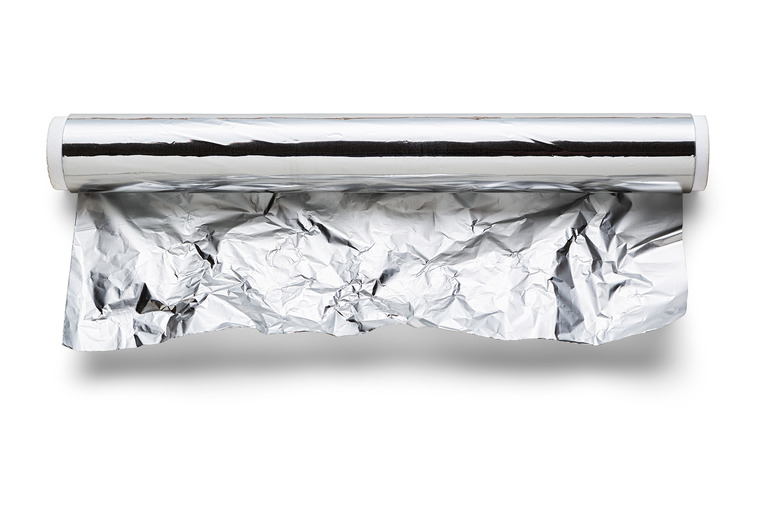Foil Vs. Mylar
Aluminum foil and Mylar are two very different materials. Although when most people think of Mylar, they think of the shiny, silver balloons, that is not actually what Mylar naturally looks like. Real Mylar is completely transparent plastic and contains no metal. Both Mylar and aluminum foil have their own places, benefits and uses.
Aluminum Foil Properties
Aluminum Foil Properties
Aluminum is refined from bauxite ore. The ore is melted and mixed to remove aluminum oxide. The aluminum oxide is electrolytically reduced in a mixture of molten cryolite to remove the oxygen from the metal. Aluminum foil is made from heated aluminum that is rolled between large rollers. The rollers press the metal into thin sheets. Horizontal tension and pressure keeps the metal flat and still as the rollers press the metal.
Mylar Properties
Mylar Properties
Mylar is actually not a form of metal at all. Mylar is a brand name for polyester resin, which is a type of clear, thin plastic. The foil-covered Mylar used to make balloons and other shiny products is an extremely thin layer of aluminum metal (less that 1/100th of the width of a human hair in some cases). Mylar is made by melting the polyester resin and stretching it into thin, flat sheets.
Uses
Uses
Aluminum foil is used in many different applications including: household food storage, food packaging, foil containers, military packaging, gift wrap, decorations, candy wrappers, Christmas trees, name plates and many other uses. Mylar is used for many applications as well, including: clothing stays (such as:
- for lingerie)
- book jackets
- liners
- protective surfaces
- duct liners
- plastic ribbons
- tape
- labels
- of course
- balloons
Benefits
Benefits
There are many benefits to both Mylar and aluminum. Aluminum foil is used for many applications where Mylar would be inappropriate. Areas where heat is necessary, such as in industrial and household settings, work better with aluminum foil. Aluminum is also formable, and can wrap around objects. Mylar is perfect for areas where aluminum is unsuitable. Mylar is more flexible than foil and will not tear as easily. Mylar can also fuse with objects, which is nearly impossible for aluminum to do.
Combinations
Combinations
In some cases, such as with balloons, the properties of aluminum and Mylar can be fused together. This gives the material some of the properties of both materials. Usually when aluminum is added to Mylar, the aluminum must be applied in small amounts to retain the flexible nature of the plastic.
Cite This Article
MLA
Priddy, Brenda. "Foil Vs. Mylar" sciencing.com, https://www.sciencing.com/foil-vs-mylar-6376973/. 13 March 2018.
APA
Priddy, Brenda. (2018, March 13). Foil Vs. Mylar. sciencing.com. Retrieved from https://www.sciencing.com/foil-vs-mylar-6376973/
Chicago
Priddy, Brenda. Foil Vs. Mylar last modified March 24, 2022. https://www.sciencing.com/foil-vs-mylar-6376973/
